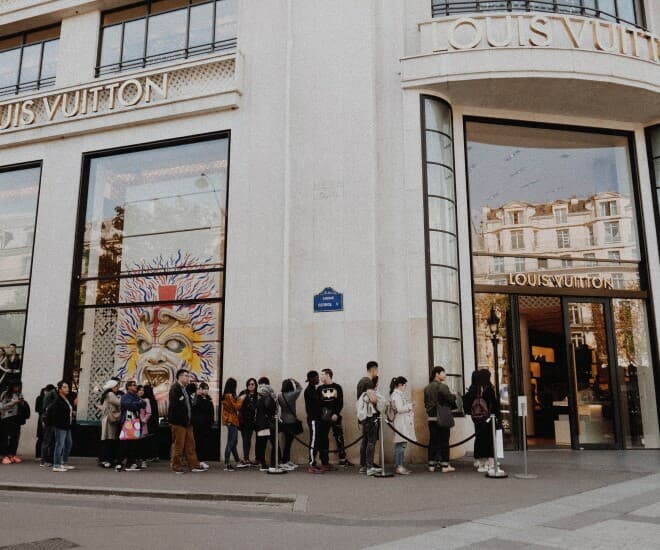#luxury #retail
$LVBMY
“Physical stores cannot solely be a point of transaction but a destination where consumers can interact and be engaged with the brand’s universe“– Paul Ebeling
The internet age has brought about unparalleled convenience for society. With a click of a mouse, we can place an order for the latest product and it will arrive at our doorsteps a few days later. During the height of the VirusCasedemic in Y 2020, demands for digital services exploded as lockdowns became the norm for the world.
Physical retail shops had to close as many governments ordered their citizens to remain at home. This cast a shadow on the utility of brick-and-mortar shops as many companies found new opportunities by ramping up its e-commerce capabilities to meet the increasing demand for such services. As a result, the familiarity with online shopping became more entrenched amongst shoppers and is now almost 2nd nature.
The Big Q: With online shopping being a ubiquitous experience , could this spell the end of brick-and-mortar shop?
Many luxury brands would still want to keep its physical stores because of the intangible experiences that can be created for its customers. Luxury in today’s sense is no longer just conspicuous consumption as many consumer products are now widely available for everyone.
The Big A: Buying luxury goods as a status symbol is slowly becoming an outdated concept. The rise of a new generation of consumers who are more attuned to the context in which these goods are made or related to the zeitgeist has taken over as luxury brands’ leading spenders. For this group, curating an experience is paramount in keeping them loyal to the brand. Luxury brands are doing its best to make this a unique shopping experience and ensure this journey is as seamless as possible.
Fundamentally, consumers shop to obtain their desired product but more than that, it can also be a way for them to understand more deeply the brands they choose to support. Hence, a physical store makes the best way in which luxury brands can introduce its universe to consumers.
An example of this storytelling, where the brand’s universe crosses paths with the real world is Louis Vuitton. The French Maison’s second store in Miami is a tribute to the house’s late designer Virgil Abloh, where his influence and vision fill the 3,586 square feet of space. Stepping into the physical space is akin to entering Abloh’s universe and joining a community where consumers can interact with the brand more closely. These bond-building efforts will pay off as consumers become devout brand fans in the long run.
The e-commerce industry appears to be outpacing brick-and-mortar, yet the latter continues to dominate in terms of actual trade. According to the US Department of Commerce Retail Indicators Division, sales at brick-and-mortar stores grew at 18.5% compared to just 14.2% for e-commerce.
Encouraging statistics like the above are why luxury brands believe physical stores are still an essential conduit in its omnichannel strategy.
In keeping up with today’s consumption pattern where the value of the entire experience is what counts, e-commerce alone will not suffice as a holistic consumer journey. Luxury brands have to avoid becoming robotic and infusing the human touch where possible, and this means curating a personalized physical store experience.
The end goal is simple: create an unforgettable experience overflowing with engaging content and even adventure.
Have a prosperous holiday weekend, Keep the Faith!









